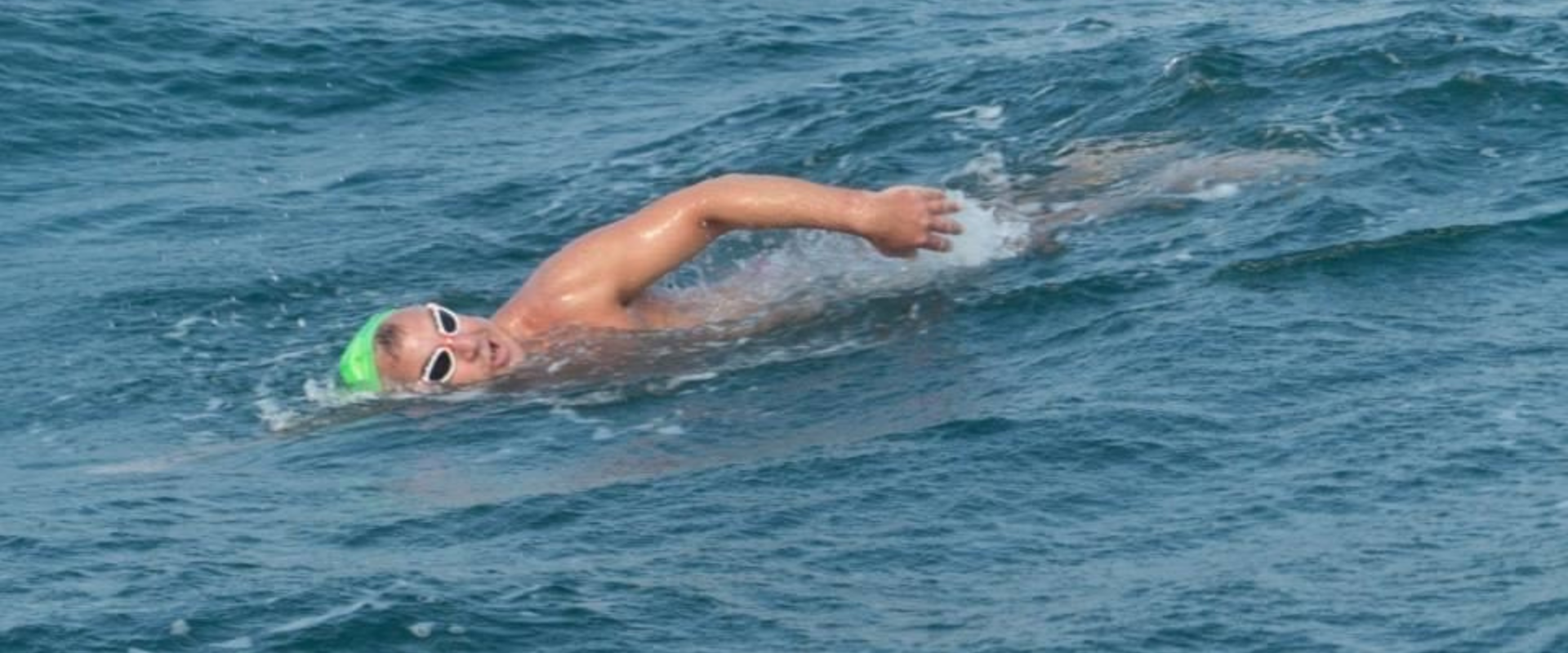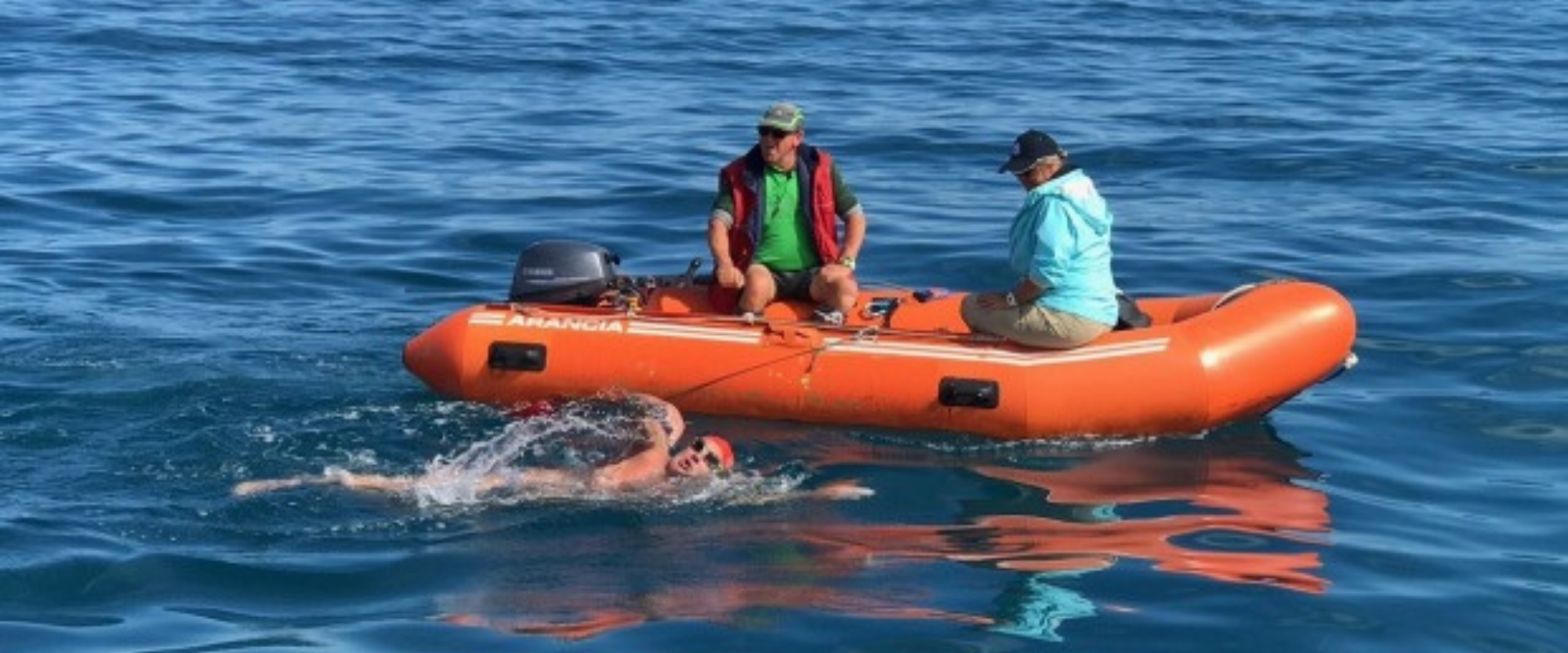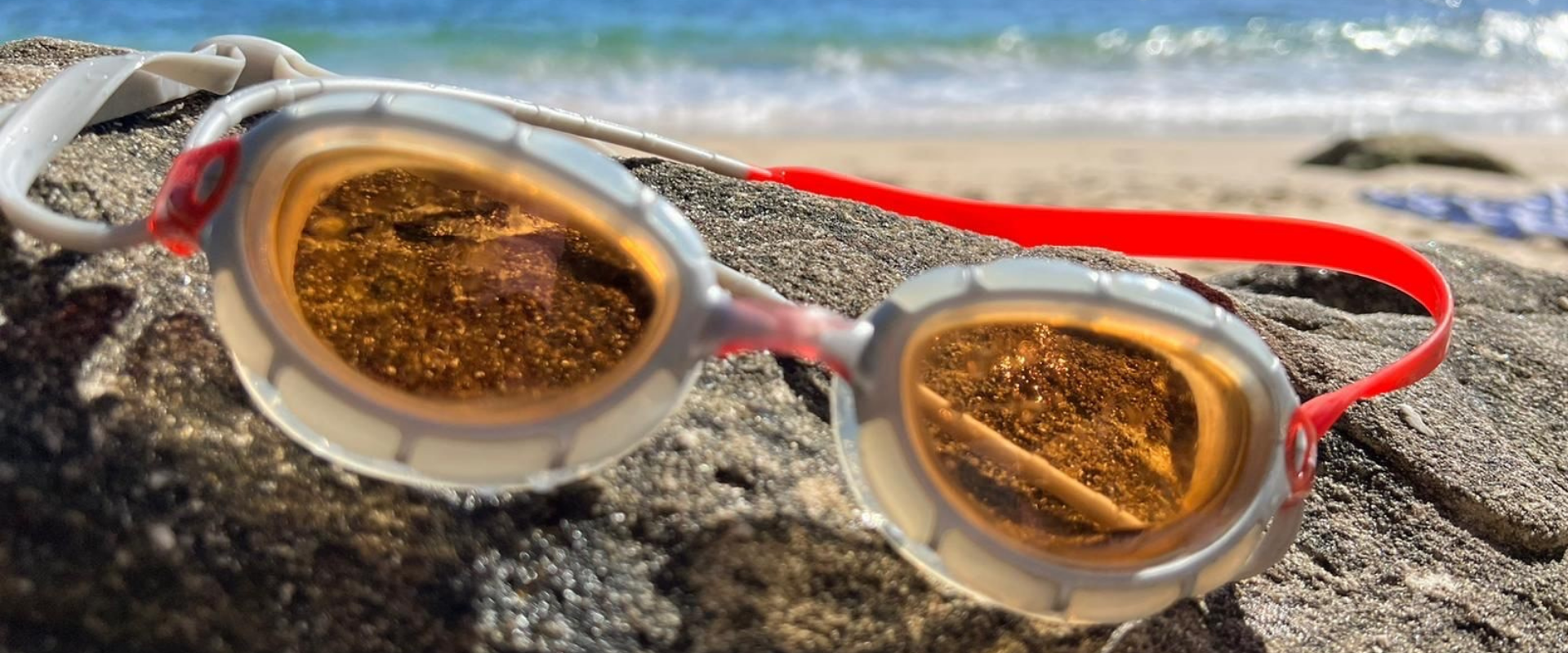
Top Tips to start long distance swimming
Marty's Top Tips for Longer Swims
What is long distance swimming?
A long distance swim often takes place in open water and is measured by either time or distance. Time wise the swim has to be longer than an hour while in terms of distance the swim has to be between 1km-10km (once it is longer than 10km the swim is classified as a marathon swim). Due the nature of long distance swimming they are more about endurance rather than speed. Long distance swim events can be a part of a triathlon, Ironman or stand alone events such as the English Channel crossing, Rottnest Channel Swim or an ocean swim.
Thinking about starting some longer swims?
Whether thats working up to a Channel swim or ocean swimming, our Ambassador Marty has put together his top tips for starting long distance swims.
Marty has completed the Triple Crown and five of the Oceans Seven.
Here are Martys top tips:
- Make the most of each swim
- Build your support network
- Find your team
- Get the right gear
- Have a plan
1. Make The Most of Each Swim
The water is different every time a swimmer jumps-in, whether for a quick dip with mates, a lesson, a swim-squad session, or a channel crossing. It could be anything from warm and calm to cold and choppy. The key is to think about the experience ahead.


2. Build up your support network
Any big swim is challenging.
You will spend a lot of time thinking about it and training for it, not to mention all the energy you will put into it on the day. The more your partner, family, friends, manager and colleagues at work, and others around you understand what you are doing, the more they can be there to help you get through the ups and downs and give you the flexibility you need to achieve your goal.
For example, you might need to adjust your work hours so you can do long swims in the morning, get far more sleep and spend Sundays doing nothing so you can rest and rebuild during your training.


3. Find your Team
Big swims – like an English Channel Crossing – are not solo swims. They require a lot of teamwork, from the very start of your training until you stand-up on France.
Your coach will help form the team you need, and fortunately, Australia has many great coaches who specialise in marathon swimming to choose from. Charmian Frend in Sydney has been with me from the beginning of my long-distance swimming career. Choose the one who is right for you.
Most importantly, Charmian helped me believe in myself before the English Channel and overcome cold-water challenges early-on. She helps me think about the swims ahead and what I need to do to prepare for them since each swim is different. She makes sure dietitians, massage therapists and others provide support as needed. And she asks a lot of questions to make sure I am getting enough sleep and listening to my body so that it can perform well.


4. Get the right gear
Good fitting goggles are essentail for a successful swim. There are three things to remember when finding your perfect goggles
- Make sure it fits to your face shape without leaks (do the suction test)
- Make sure they are appropriate for your swim. For example if you are swimming in bright conditions make sure to have a polarised ultra, titanium or smoke lens to cut through the brightness.
- Go with what makes you feel comfortable.
Remember it may take some trial and error to find your perfect fit but it is worth it!
heres what Marty has to say about his long swim essentials
"Early-on, I learned an excellent pair of goggles helped make my experiences in the water more enjoyable. Now they are a constant and very important part of what makes my swims happen. Make sure you have extra pairs in case you need to swap them out for any reason.
Be sure your suit and cap are comfortable and any preventive measures you have taken to protect yourself from chafing. "
Marty swims in our Zoggs Predator Range


5.Have a plan
Before the swim
What do long distance swimmers eat and drink in preperation for a swim?
The general rule is to focus whole grains, vegetables and plenty of lean protein and make sure to keep up LOTS of fluids during your training and swim sessions.
During the swim
During a swim be sure to have a clear plan about how you are going to measure the swim. See how Marty measures his swims below
"Every swimmer is different. I swim from feed-to-feed, which is generally every half hour, but can vary depending on the crossing. This helps me concentrate on how I am performing instead of the conditions, how long I have been in the water, and how much longer I have to go before my hands feel the bottom at the finish. Charmian believes – and I agree – that it is best not to know how much time has passed until the job is done."
And finally, remember each swim is different and enjoy the experience.












